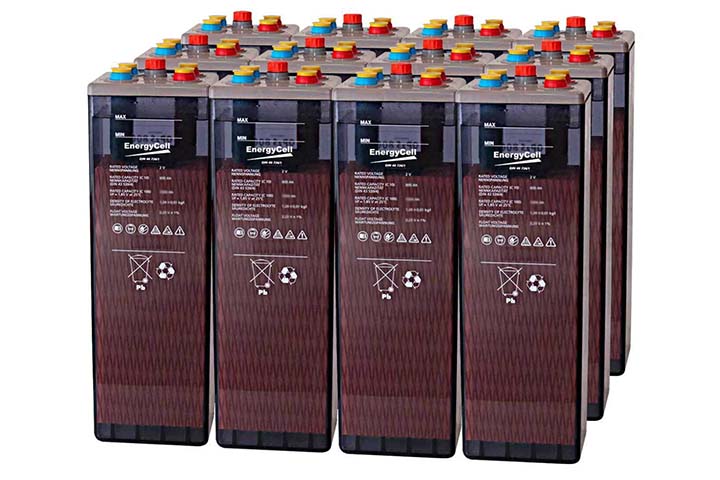Circuit Breaker and its types
What is a Circuit breaker?
In a nutshell, a circuit breaker is an electrical switch that is used to protect an electrical circuit from damage caused by a short circuit.
Join us for a comprehensive overview of circuit breakers. We will also introduce the types of circuit breakers and their applications.
A circuit breaker is an automatically operated electrical switch designed to protect an electrical circuit from damage caused by excess current from an overload or short circuit. Its basic function is to interrupt current flow after a fault is detected. Unlike a fuse, which operates once and then must be replaced, a circuit breaker can be reset (either manually or automatically) to resume normal operation.
Circuit breakers are made in varying sizes, from small devices that protect low-current circuits or individual household appliance, up to large switchgear designed to protect high voltage circuits feeding an entire city. The generic function of a circuit breaker, or fuse, as an automatic means of removing power from a faulty system, is often abbreviated as OCPD (Over Current Protection Device). Click here to reading more information.
Different Types of Circuit Breaker
circuit breaker types are done in different categories, which we will name and explain.
- Single-Pole Circuit Breakers
Single-pole circuit breakers are the most common types of circuit breaker in today’s homes. They are referred to as single-pole because in the case of a short or electric overload they are equipped to track the current of a single wire. Single-pole breakers are designed to handle 15 to 30 amps and provide the circuit with 120 volts.
- GFCI Circuit Breakers
ground fault circuit interrupter circuit breakers (GFCI) are designed to avoid line-to-ground error. This is because there is an unsafe electrical path between a grounded element and an electrical current. GFCI breakers often have protection against an electrical short or overloaded current. Any electrical codes for house areas that may become watered, including toilets, laundry rooms, and outside areas, include these breakers. Read more




Comments
Post a Comment